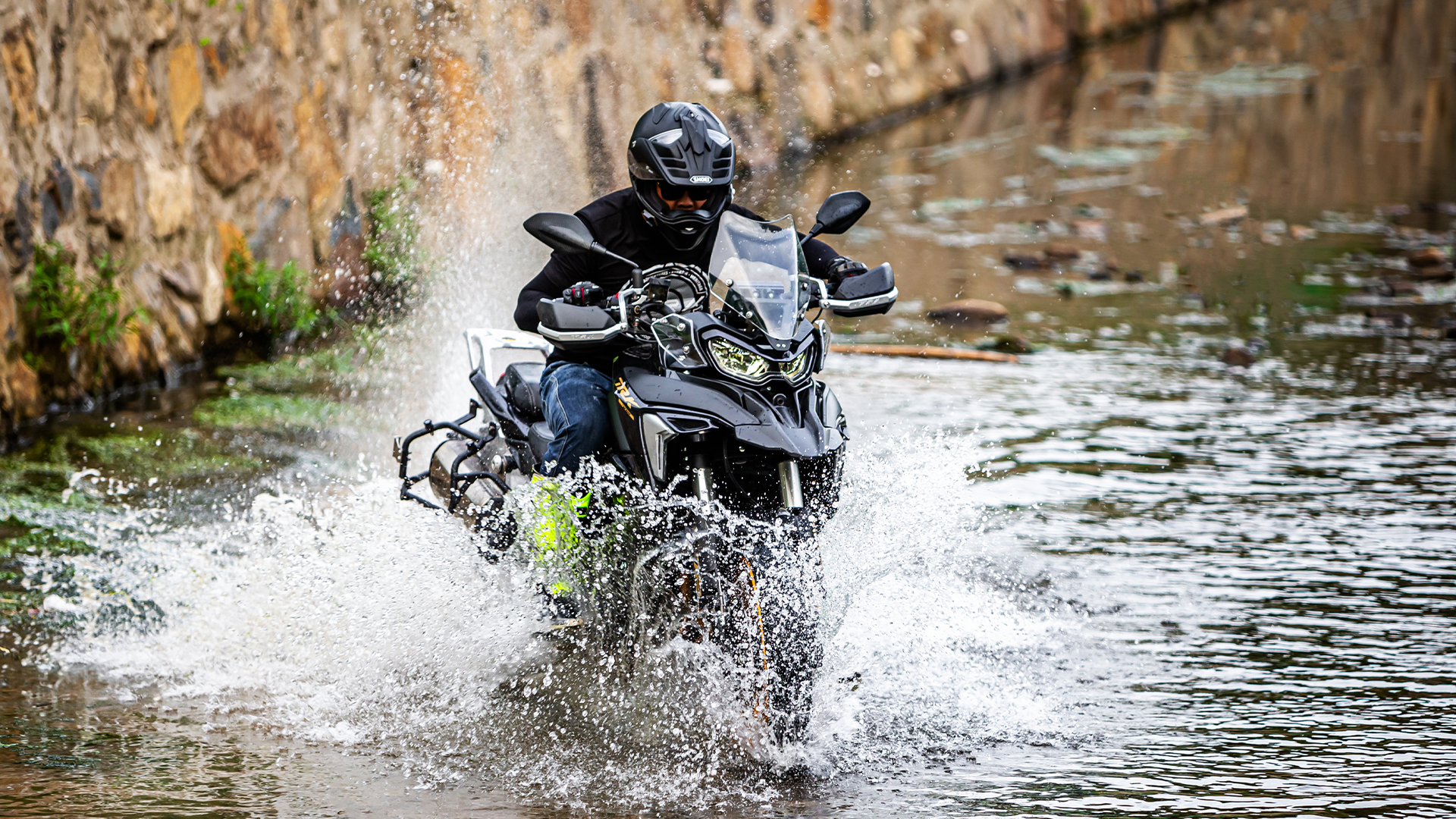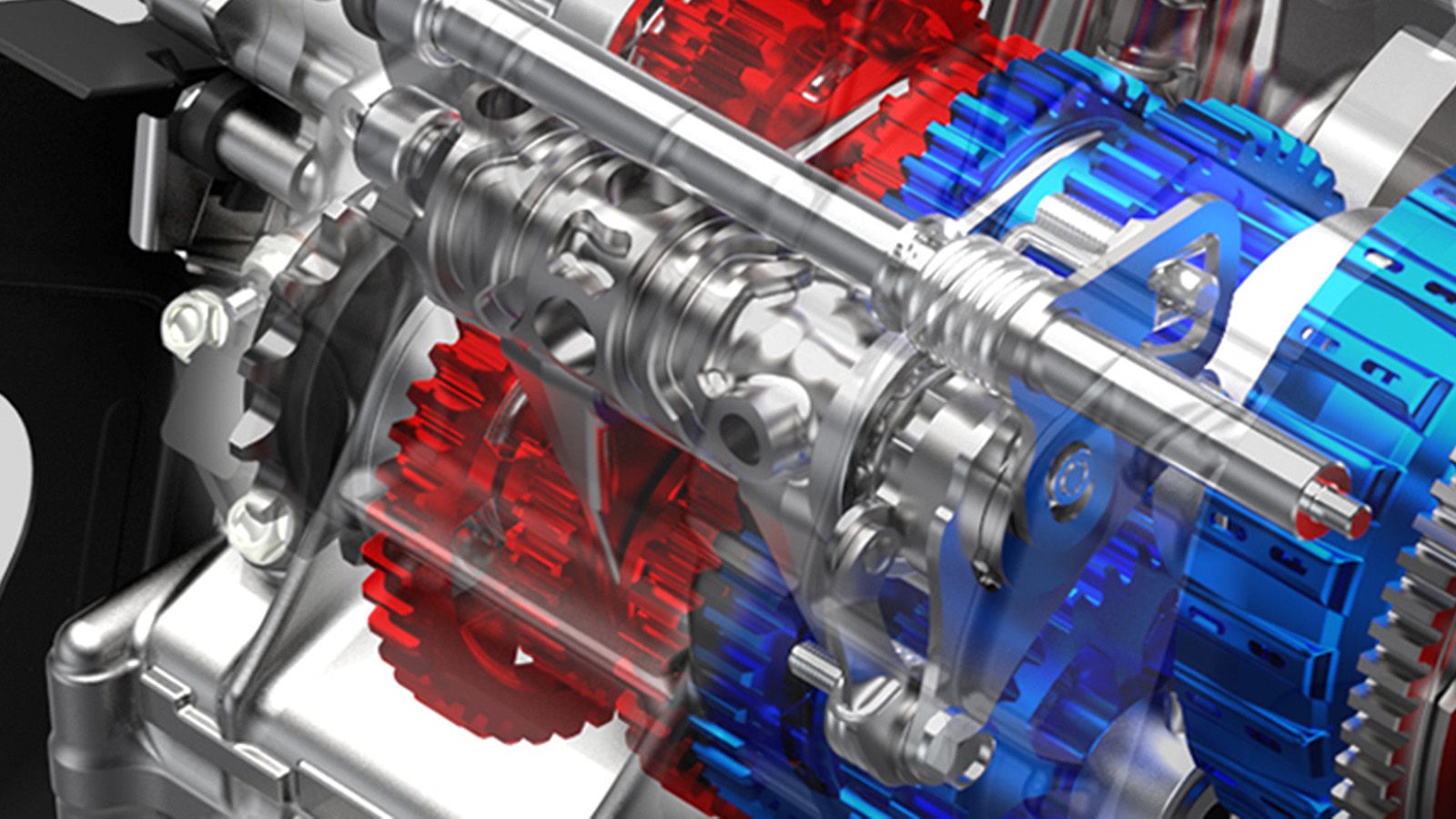Summary
- Qianjiang has filed a patent for an electronic clutch that eliminates the need for a clutch cable or hydraulic system, providing manual control or fully automatic options.
- This technology is significant because it allows for clutchless starts, stops, and gear shifts, and can handle start, stop, and stall issues while maintaining a natural feel.
- It offers a multitude of options, giving the rider control over the clutch or fully automatic operation, making it beneficial in bumper-to-bumper traffic situations.
The Chinese are renowned for their proficiency in reverse engineering, especially when it comes to manufacturing. This capability extends across diverse sectors, ranging from electronics and military hardware to fighter aircraft and consumer goods. China has made significant strides in producing models that resemble motorcycles of the top known motorcycle manufacturers. While this progress is commendable, it still lags behind in technology and overall quality compared to its established competitors. Historically, they have always followed and not led from the front, which is why their latest electronic clutch development found on Qianjiang’s SRK702 motor and is also used on the Benelli TRK702 is so significant because other manufacturers have not yet done what they are proposing to do.
Patent Filed By Qianjiang For Electronic Clutch
Recently, Qianjiang filed a patent for developing an electronic clutch that eliminates the need for a clutch cable or hydraulic system between the clutch lever and the clutch itself. If you think of conventional motorcycles utilizing a hydraulic system, it consists of a master cylinder, clutch lever, a slave cylinder, and a clutch hose between them that uses hydraulic fluid to operate a pushrod to engage and disengage the clutch. In a cable system, it’s just the lever, clutch cable, and a release lever and shaft.
How It Will Function
The electronic clutch could function in the following ways:
- It could work with Manual Transmission and Clutch lever: When the rider decides to engage or disengage the clutch through the clutch lever, the actuation of the clutch is controlled by an electrical or hydraulic actuator (clutch-by-wire system).
- As an Automatic Manual Transmission or Dual Clutch Transmission without the clutch lever or gear shift lever: The engagement and disengagement of the clutch is managed by an electronic control unit and the actuation of the clutch by an electric or hydraulic actuator.
It can function like a normal clutch lever with the clutch wire or hydraulic system eliminated. Like most modern motorcycles that have adopted ride-by-wire technology, the cable / mechanical system between the throttle grip and the throttle body unit is eliminated by replacing it with an electronic-based potentiometer. The advantage here is the motorcycle’s ability to have features like power modes, engine brake control, and cruise control, not to mention a more linear throttle response. In the same way with the clutch wire or hydraulic system eliminated the clutch lever functions by a potentiometer at the clutch lever that in turn operates an actuator at the clutch. The actuator operates a drive shaft that turns a secondary shaft a few degrees via a sector gear (a gear with teeth cut into its circumference surface). The secondary shaft in turn is coupled to a pull rod that engages and disengages the clutch.
The Advantages Of An Electronic Clutch
A clutch-by-wire system can handle start, stop, and stall issues while maintaining the natural feel of a conventional clutch lever. It can also handle clutchless starts, stops, and gear shifts with the same system. With an added electronic shift actuator, the motorcycle could switch between three strategies – conventional, semi-automatic, or completely automatic.
Qianjiang does not mention how the system is controlled, but it looks like an electronic management system with the use of a separate Control Unit will manage everything. When the rider presses in the clutch lever, a clutch position sensor sends an electrical signal to the electronic control unit. From there, based on how much the clutch lever is pressed in, the ECU will regulate the pressure in the slave cylinder via a hydraulic pressure control unit, engaging and disengaging the clutch. Think of Kawasaki’s KIBS (Kawasaki Intelligent Anti-Lock Brake System) to modulate hydraulic pressure to the brakes in very tiny increments by monitoring certain data like throttle position, engine speed, revs, gear position, and clutch actuation. QianJiang could use a similar system to Kawasaki.
Use Of Similar Technology
Honda has been using a dual clutch transmission in its VFR1200 since 2012. Attached directly to the engine's six-speed transmission, it features two distinct clutch mechanisms actuated by electronic control to automatically perform the gear change operations normally done using a manual clutch lever and gear shift pedal. All that is required is to toggle the transmission selector switch from N (Neutral) to D (Drive) mode and get on the throttle from first gear. The gearbox will slip into second with the familiar accompanying clunk all the way up to sixth gear. The transmission behaves like any normal gearbox.
Yamaha’s FJR1300AE also uses an automatic clutch using the YCC-S system (Yamaha Chip Controlled Shift). The YCC-S system uses two electronically controlled actuators to manage the clutch and the gear shifts. As Yamaha puts it, the 1300AE features a standard manual transmission (identical to the manual clutch version) with a computer-controlled clutch. Think of the computer pulling the clutch in for you when you make gear changes - the system actuates the pushrod in the clutch that makes the necessary clutch changes and lets it out smoothly after those gear changes. The computer also handles the motorcycle coming to a stop or when the rider is in danger of stalling. So it’s not completely automatic like Honda’s gearbox, it just eliminates the clutch lever and that's instantly noticeable once you sit on the motorcycle - it's missing. Riders still need to use the gear shifter or the plus-minus(+ -) thumb button on the left handlebar.
In the case of Qianjiang’s electronic clutch system, it appears to differ from Honda’s and Yamaha’s by way of offering a multitude of options that could give its rider manual control of the clutch or fully automatic based on your preference. Is having all these strategies on one motorcycle a great idea? It’s subjective, but in a bumper-to-bumper traffic situation, you will find the latter system to be beneficial.







